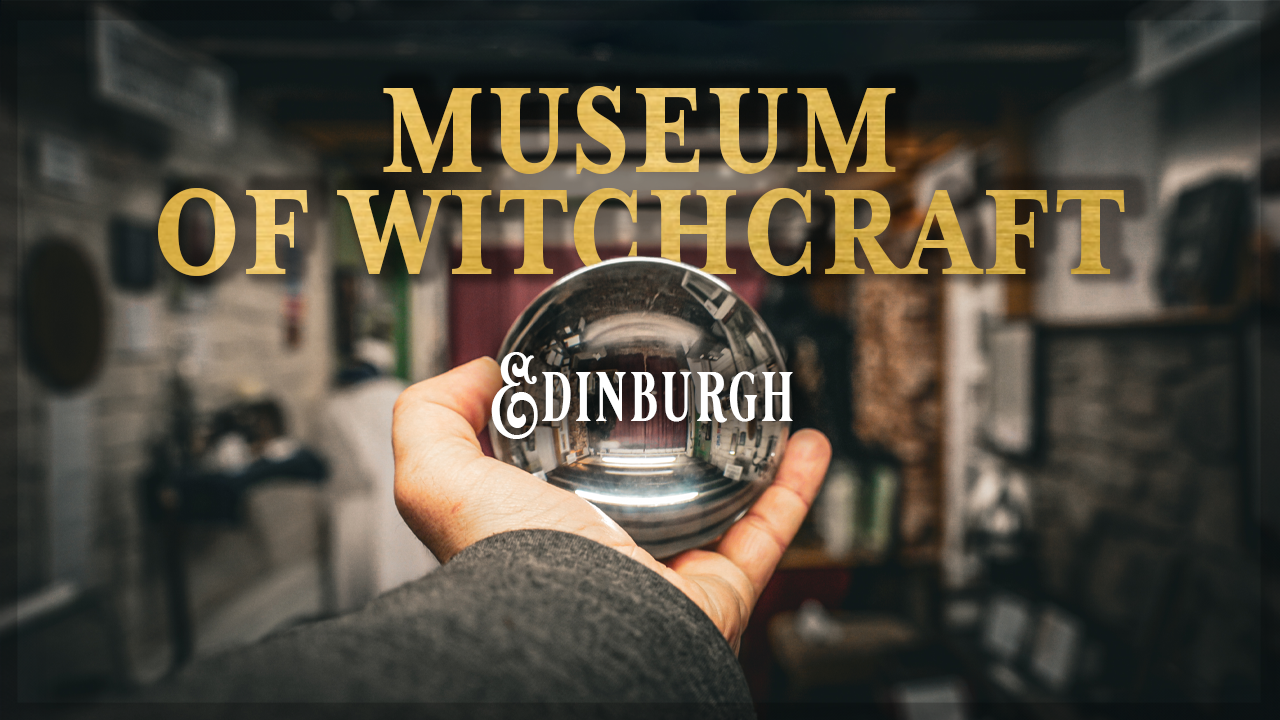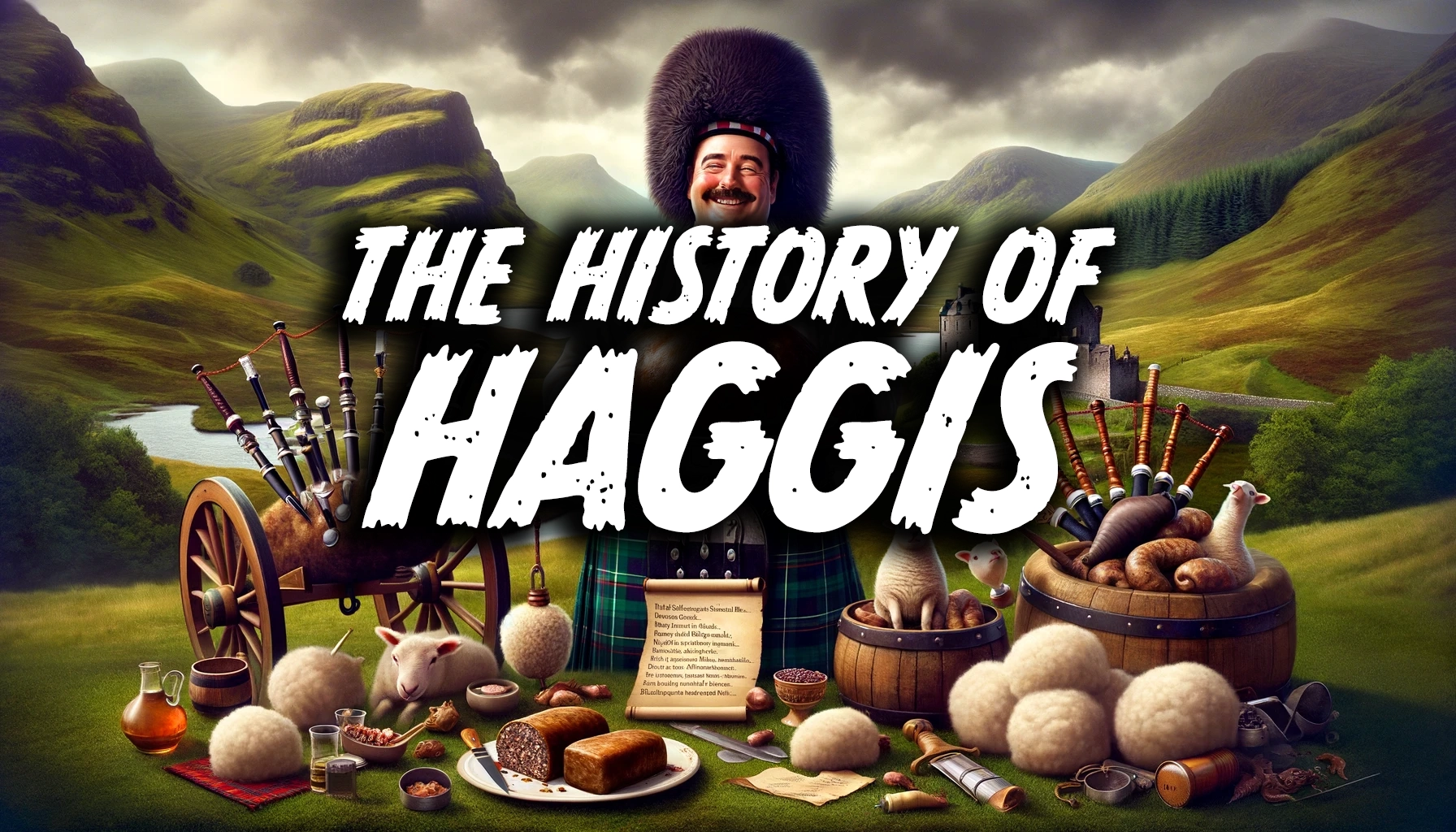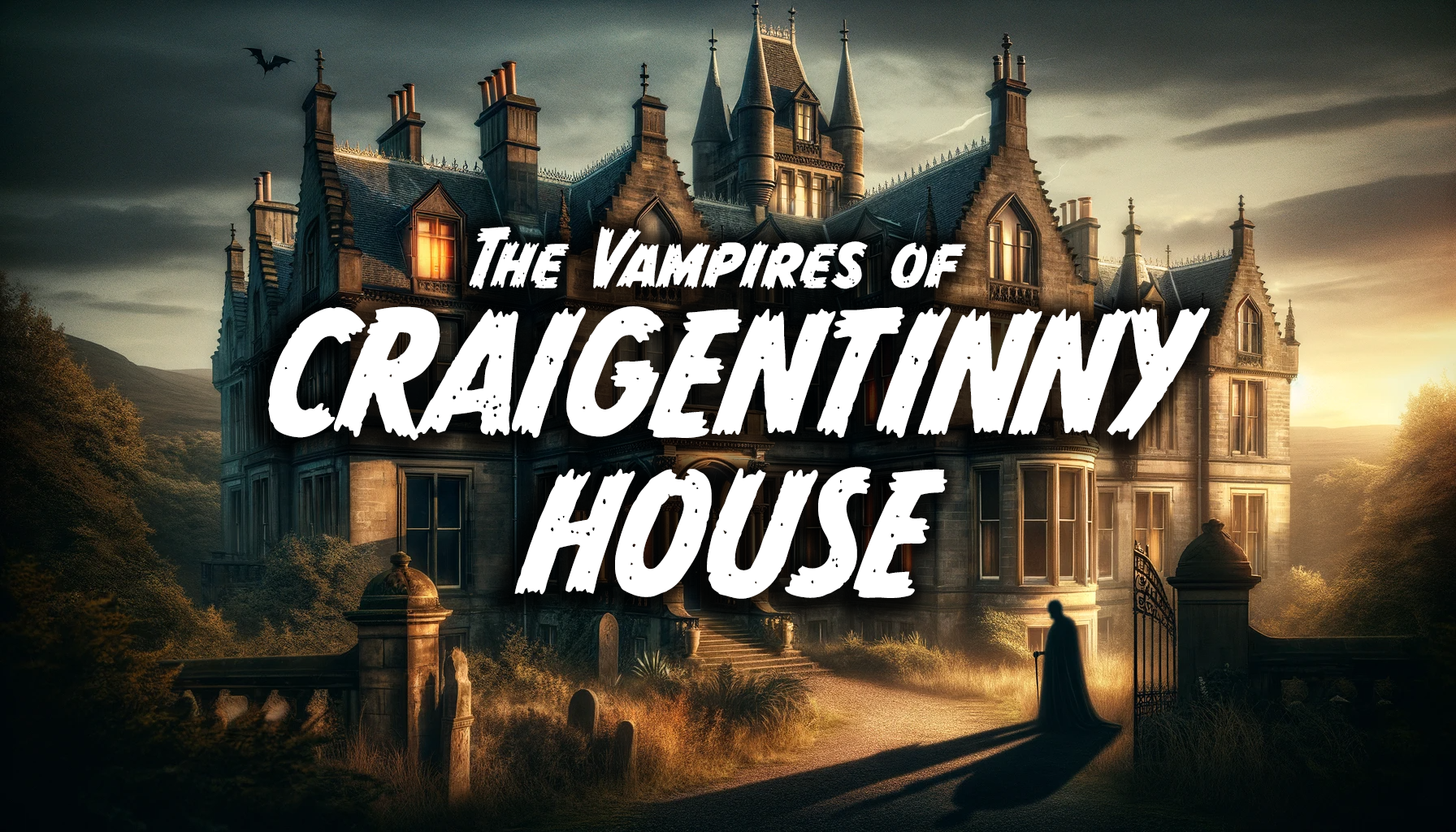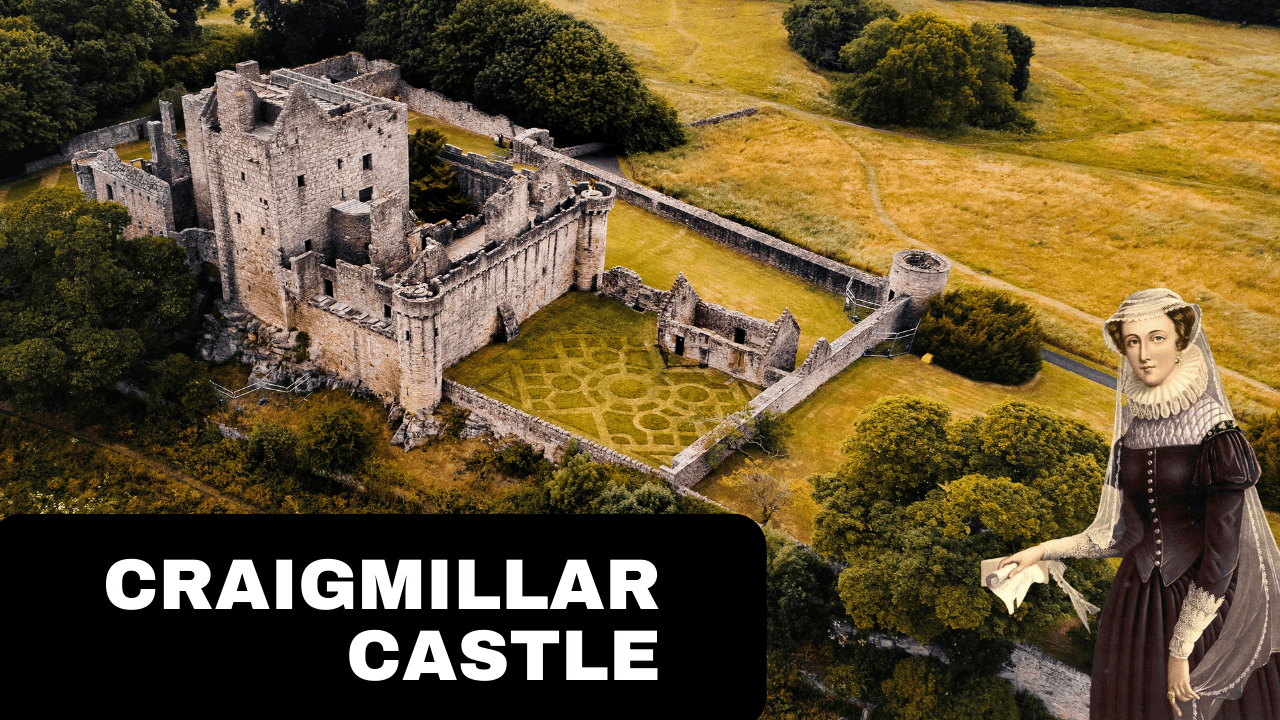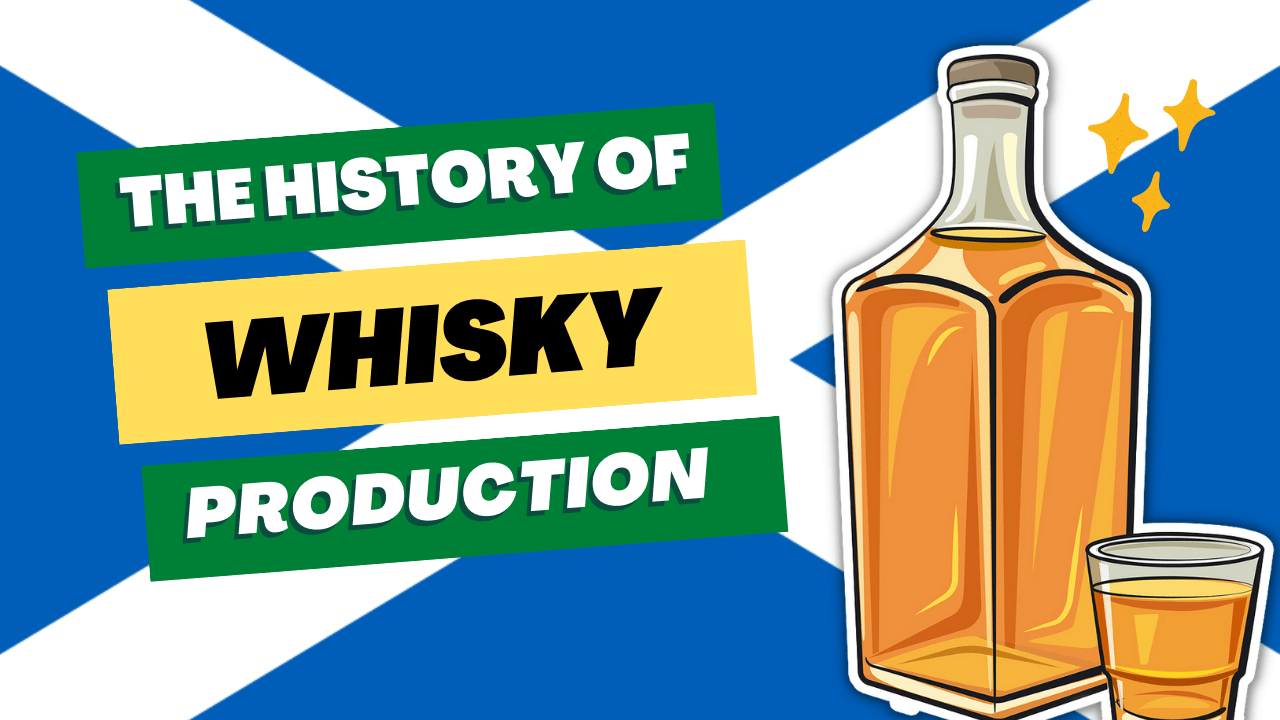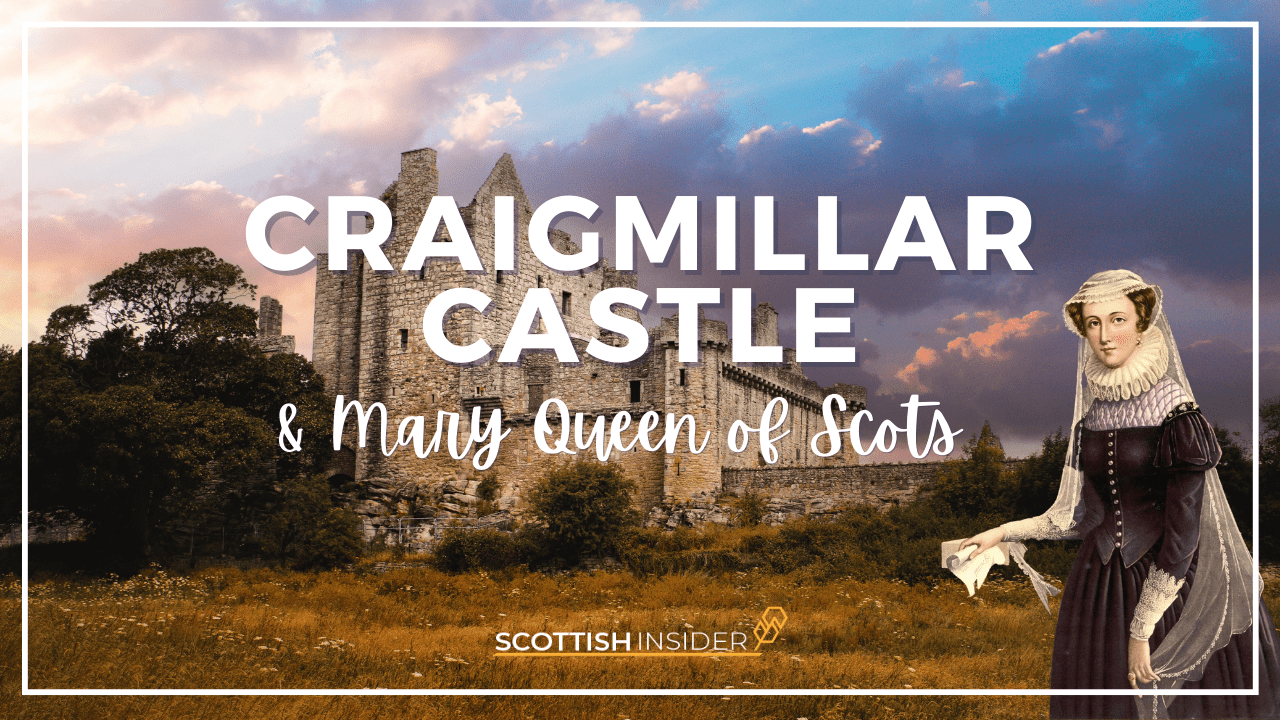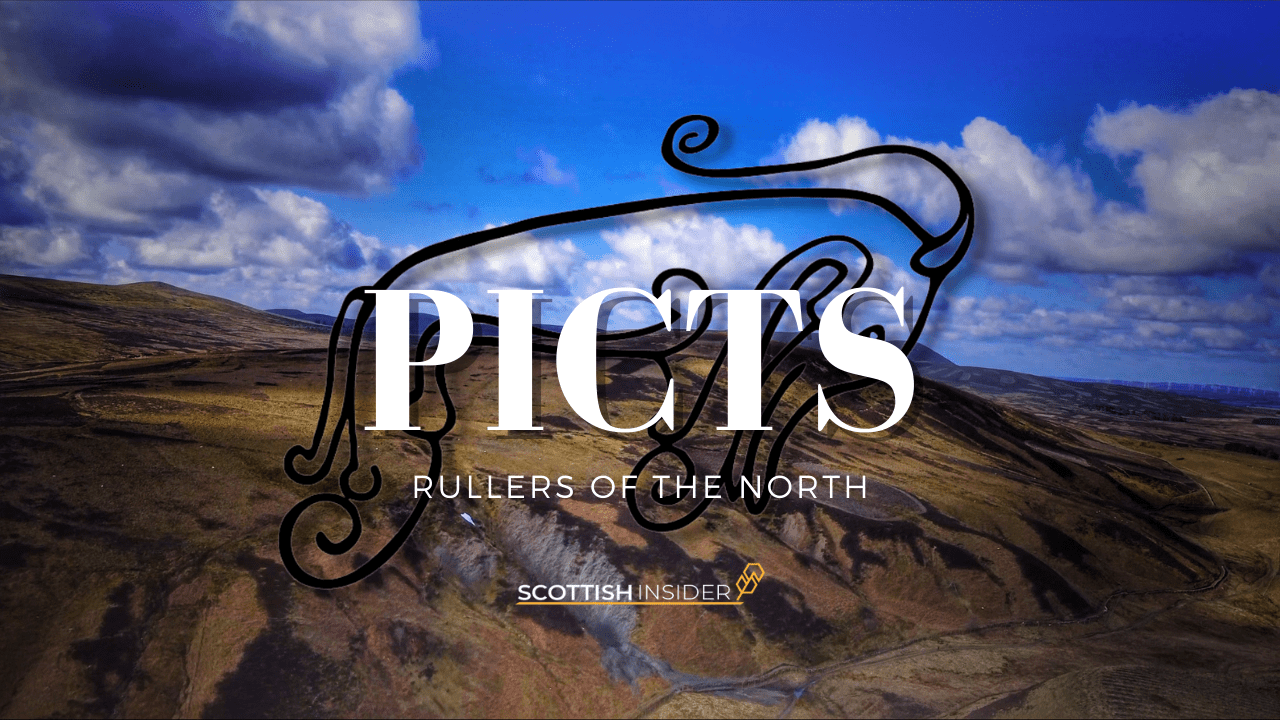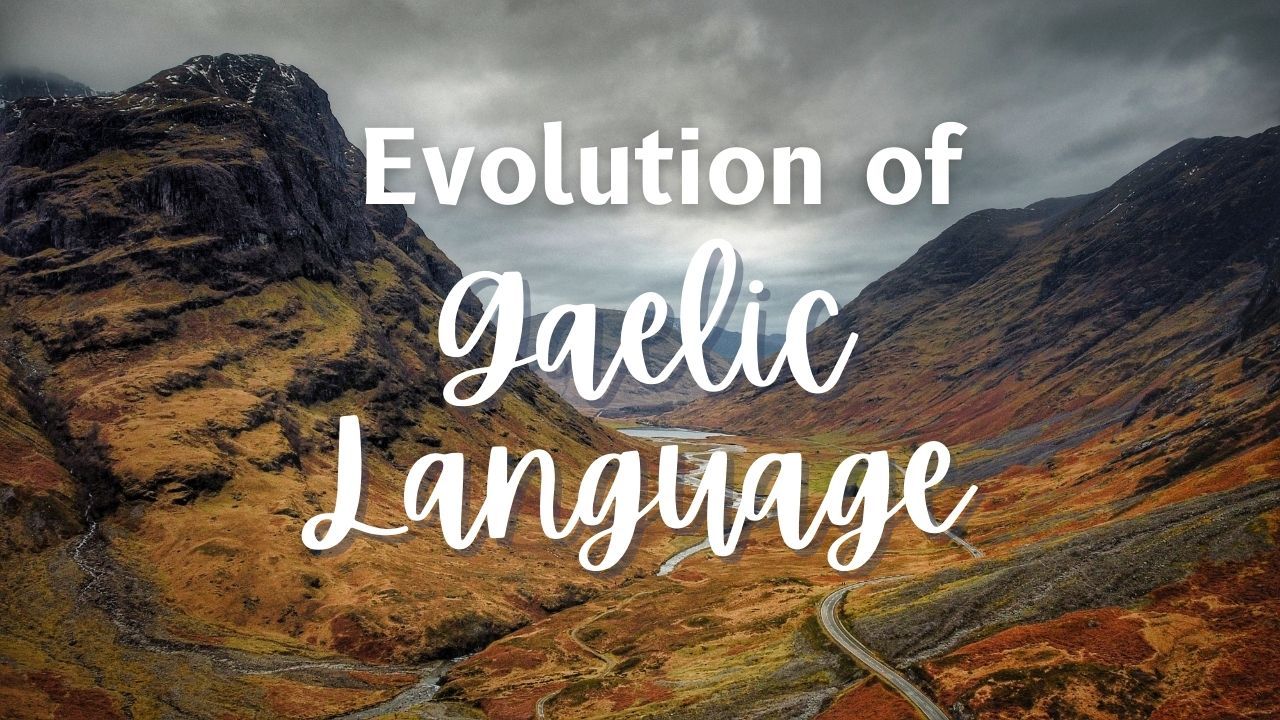The Scottish language is a rich and varied one, with a long and complex history that has shaped its development over the centuries. From its origins in the ancient Gaelic language spoken by the Celts to its modern-day usage in Scotland and around the world, the Scottish language has evolved and adapted to the changing needs of its speakers.
The earliest written records of the Scottish language date back to the 6th century AD, when the Gaelic language was spoken by the Celtic people who lived in what is now Scotland. The Gaelic language is a member of the Indo-European language family, and is closely related to other Celtic languages such as Irish and Manx. It is believed that the Gaelic language was brought to Scotland by the Celts, who migrated to the region from central Europe around the 3rd century BC.
 Over the centuries, the Gaelic language has undergone many changes, and has been influenced by a number of different factors, including contact with other languages, cultural and social changes, and the influence of different dialects. One of the most significant influences on the Gaelic language has been the influence of Old English, which was introduced to Scotland by the Anglo-Saxons in the 7th and 8th centuries AD. As a result, many Gaelic words and phrases were borrowed from Old English, and the two languages eventually merged to create a new language known as Middle English.
Over the centuries, the Gaelic language has undergone many changes, and has been influenced by a number of different factors, including contact with other languages, cultural and social changes, and the influence of different dialects. One of the most significant influences on the Gaelic language has been the influence of Old English, which was introduced to Scotland by the Anglo-Saxons in the 7th and 8th centuries AD. As a result, many Gaelic words and phrases were borrowed from Old English, and the two languages eventually merged to create a new language known as Middle English.
 As the Gaelic language continued to evolve, it began to develop a number of distinct dialects, each with its own unique characteristics and quirks. One of the most well-known dialects of Gaelic is the Scottish Gaelic dialect, which is spoken in the Highlands and islands of Scotland. This dialect is known for its unique pronunciation and grammar and has a rich literary tradition that includes a number of famous works of poetry and prose.
As the Gaelic language continued to evolve, it began to develop a number of distinct dialects, each with its own unique characteristics and quirks. One of the most well-known dialects of Gaelic is the Scottish Gaelic dialect, which is spoken in the Highlands and islands of Scotland. This dialect is known for its unique pronunciation and grammar and has a rich literary tradition that includes a number of famous works of poetry and prose.
Another distinctive dialect of Gaelic is the Irish Gaelic dialect, which is spoken in the Republic of Ireland and parts of Northern Ireland. This dialect is known for its soft, lilting pronunciation and its use of distinctive vowel sounds. The Irish Gaelic dialect has a long and rich literary tradition and is the official language of the Republic of Ireland.
 In addition to the Gaelic dialects, the Scottish language is also home to a number of regional dialects, each with its own unique characteristics and quirks. For example, the Scottish Lowland dialect is spoken in the central and southern parts of Scotland, and is characterized by its use of a number of distinct vowel sounds and its use of regional vocabulary. The Scottish Borders dialect is another distinctive regional dialect, which is spoken in the border regions between England and Scotland. This dialect is known for its strong accent and its use of regional vocabulary and phrases.
In addition to the Gaelic dialects, the Scottish language is also home to a number of regional dialects, each with its own unique characteristics and quirks. For example, the Scottish Lowland dialect is spoken in the central and southern parts of Scotland, and is characterized by its use of a number of distinct vowel sounds and its use of regional vocabulary. The Scottish Borders dialect is another distinctive regional dialect, which is spoken in the border regions between England and Scotland. This dialect is known for its strong accent and its use of regional vocabulary and phrases.
Despite the many changes and influences that have shaped the Scottish language over the centuries, it remains a vibrant and important part of Scotland’s cultural identity. Today, Gaelic is still spoken by a small but dedicated community of speakers in Scotland, and is taught in schools and universities throughout the country. In addition, the Scottish language has a rich literary tradition, and continues to be an important part of Scotland’s cultural heritage. Whether you’re a native speaker of Gaelic or simply someone who is interested in learning more about this fascinating language, the Scottish language is a rich and rewarding subject that is sure to capture your imagination.
If you like our articles join us on facebook https://www.facebook.com/ScottishInsider








